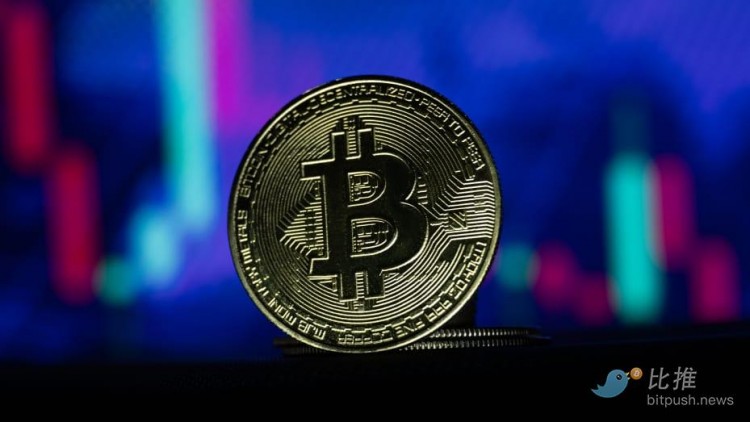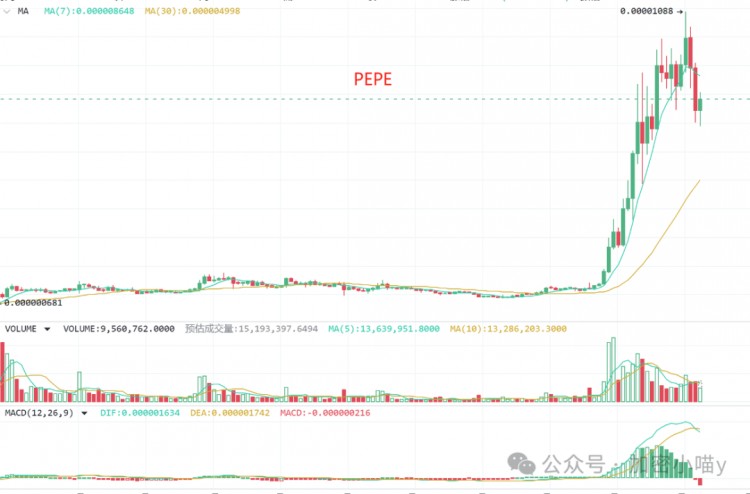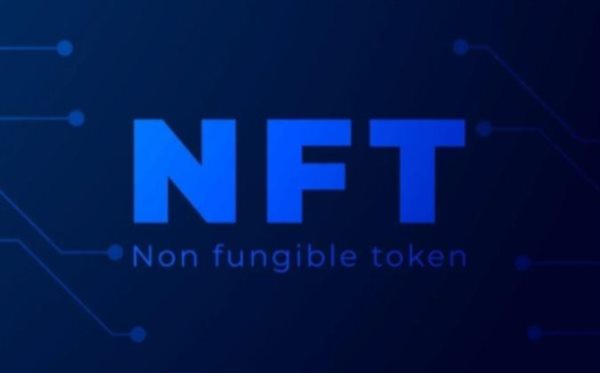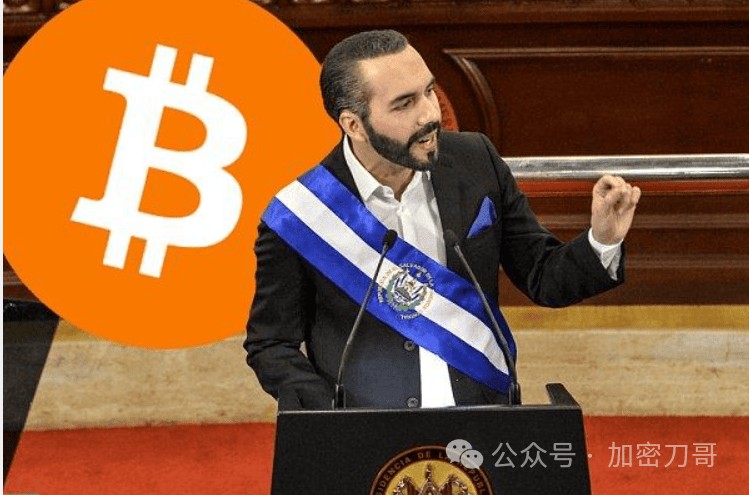时间:2024-04-12|浏览:261

用戶喜愛的交易所

已有账号登陆后会弹出下载
Original title: This Bitcoin halving will be different — the institutions are here
Original author: WEE KIAN LIM
Original source: Blockworks
Compiled by: BitpushNews an
In January 2024, shortly after Bitcoin’s 15th “birthday,” the digital asset community ushered in a long-awaited turning point – the U.S. Securities and Exchange Commission approved 11 spot Bitcoin ETFs.

For many industry participants, this marks the transition of digital assets from a niche curiosity among “cypherpunks” to an alternative asset class that has garnered serious attention from some of the top asset managers.
Now, the community is gearing up for another major milestone in the coming weeks – the fourth Bitcoin halving. Crypto natives know it all: The first three Bitcoin halvings have largely followed a clear pattern of heightened market activity, leading to a price rally, and then a correction.
While we can draw on past experience to predict how the market may react, I believe the upcoming halving will be unlike any before it for one key reason: professional investors are already entering the cryptocurrency market.
The Bitcoin halving coincides with the first time that private wealth, family offices, and large traditional financial institutions have strategically incorporated digital assets into their portfolios and products. This marks a shift in the way the entire industry operates, and means that the aftereffects of this halving will be different from all other halvings.
From arcane niche to professionally managed asset class
Each Bitcoin halving over the past 15 years has marked a milestone in the development of the digital asset.
At the time of the first halving in 2012, digital assets were still a mysterious niche, driven primarily by the technological curiosity and libertarian spirit of early adopters.
During the second halving in 2016, mainstream awareness had grown so much that CME Group, the world’s leading derivatives market at the time, launched a Bitcoin price index later that year, laying the foundation for the then-nascent institutional interest.
By the time of the third halving in 2020, the entire market landscape had changed dramatically, with digital assets winning the hearts and wallets of retail investors. The widespread spread of user-friendly investment platforms has promoted its accessibility, which in turn has driven a surge in the acceptance of digital assets in the mainstream investment market.
However, as of 2020, most professional investors remain on the sidelines regarding cryptocurrencies, as they remain skeptical about the asset class’s role in a solid portfolio and its legal status. Those that did venture into the cryptocurrency market quickly realized that there was a lack of trusted exchanges, platforms, and custodians that met the regulatory, operational, and security standards expected of professional counterparties. There remains an unmet need for experienced, institutional-grade counterparties in the digital asset space, especially in Asia. This was a key driver in our launch of DBS Digital Exchange in December 2020. Recognizing a gap in the market, other financial institutions have also launched digital asset platforms.
Everything changed in 2022, when the industry suffered a massive crisis of confidence as multi-billion-dollar cryptocurrency exchanges and hedge funds collapsed. Notably, these events were not caused by the failure of blockchain technology, but rather poor risk management and corporate governance. Investors realized that in addition to the need to manage a highly volatile asset class, relying on unregulated platforms would expose their digital asset portfolios to significant operational and technical risks.
To mitigate these risks, investors have begun to self-custody their portfolios or move digital assets to trusted platforms - typically those that follow the regulatory rules of traditional financial institutions, especially in the areas of risk management, asset segregation, financial stability and anti-money laundering. Regulators in major financial centers such as Singapore have also begun to require digital asset platforms to meet these standards.
Digital asset platforms, recognizing these structural changes, have either adapted accordingly, moved to less demanding jurisdictions, or exited the market entirely.
But rather than sounding the death knell for the industry, the worst crisis ever suffered by digital assets has led to a shift toward a professionally managed asset class.
Investors no longer on the sidelines
So what can we expect from the fourth Bitcoin halving?
Given that each halving marks a reduction in the supply of newly mined Bitcoin, we are likely to see a period of strong buying demand in anticipation of a Bitcoin rally, as we have seen with previous halvings. This has already begun to happen — the Bitcoin price recently broke its previous all-time high.
However, what is different about this half-life is that professional investors who previously sat on the sidelines are entering a more professional market after overcoming their past skepticism. We may also see market participation from asset managers and funds such as spot ETFs.
The trend has already begun. According to a report from Glassnode, the supply of Bitcoin held by large entities such as institutions, funds, custodians, and OTC trading platforms increased by 13.4% from 2020 to 2021, while the number of large entities holding Bitcoin increased by more than 27%. Fast forward to 2023: The surge in institutional-focused Bitcoin products ahead of ETF approval (and the anticipation of an actual ETF approval) can be said to be one of the reasons for the rebound that began late last year. According to research from Coinshares, $2.25 billion flowed into digital asset investment products in 2023, the third-highest year for such inflows since 2018.
The time is now ripe for professional investors to expand their share of participation in the market. Unlike previous halvings where the Bitcoin price corrected sharply within months of hitting an all-time high, this time the post-halving selling pressure may be mitigated by this new investor composition.
As these new investors bring the clout of their capital, they will also bring a heightened awareness of the risks posed by unlicensed and untested platforms. As a result, this time around, professional investors will place greater emphasis on working with trading platforms that have the right credentials, allowing them to focus on managing their portfolios without having to worry too much about managing operational and technical risks.
These qualifications include infrastructure such as bankruptcy remoteness, regular independent audits, strong cybersecurity, tested risk management processes, and adequate liquidity protection.
Furthermore, as digital assets are increasingly adopted into alternative investment portfolios, platforms that seamlessly integrate with other financial services – such as the ability to manage digital assets alongside traditional assets, or access to tokenized investment opportunities – will also have a competitive advantage over pure-play digital asset platforms.
The platform ecosystem in the market will inevitably develop in this direction, as professional investors will be more willing to cooperate with such trading platforms. In summary, the fourth Bitcoin halving is expected to be a turning point in the transformation of the digital asset industry - building a mature, trustworthy, and professionally operated ecosystem.









